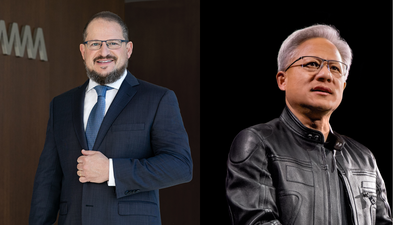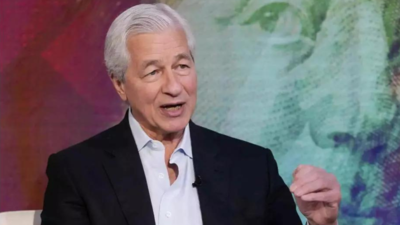
Once seen as a laggard in Google parent Alphabet’s portfolio, Google Cloud has emerged as one of the company’s fastest-growing divisions, powered by surging demand for Artificial Intelligence (AI) and years of heavy investment in data centers, custom chips, and networking infrastructure. At earnings call this week, Alphabet said that its cloud revenue topped $15 billion in the third quarter, a 34% year-on-year increase, reflecting strong uptake of AI infrastructure and services — including Google’s own Gemini model.The unit is now challenging YouTube as Alphabet’s second-largest revenue generator after search advertising. “Google Cloud is one of the most important priorities for Alphabet as a whole, and I expect it to play an even more central role as the company moves forward,” CEO Sundar Pichai told Reuters in an interview earlier in October. Much of that growth has been driven by Thomas Kurian, a former Oracle executive who took over in 2018 and has since boosted Google Cloud’s market share from 7% to 13%, according to Synergy Research Group.
Two big bets Sundar Pichai made when became CEO in 2019
When Pichai succeeded co-founder Larry Page as CEO in 2019, he named YouTube and Google Cloud as his two big bets to diversify Alphabet beyond advertising. YouTube has already delivered, becoming the world’s largest video platform with more than a billion hours watched daily. Google Cloud, by contrast, lost billions between 2018 and 2022 before turning its first profit in 2023. Now, with the rise of generative AI, Alphabet sees a new opportunity to narrow the gap with Microsoft and Amazon, which control roughly 20% and 30% of the market, respectively.“This is the moment Google Cloud was waiting for,” said Dave McCarthy, research director at IDC. “A lot of the future growth at Alphabet is being looked at through its potential.”
‘Un-Googling’ of Google Cloud
In interviews with Reuters, senior executives described how Google Cloud’s turnaround was achieved through a cultural reset — shifting to a customer-driven sales model, tightening financial discipline, and working more closely with rivals. Kurian slashed costs by opening offices in lower-cost locations such as North Carolina and Poland and renegotiating internal contracts that overcharged his division, Reuters reported. He also restructured the sales strategy to target industries rather than geographies and replaced Google’s loose, experimental culture with what insiders called an “un-Googley” focus on execution and accountability.
Betting on Chips and Competitors
Google Cloud’s growth has also been propelled by a pivotal internal shift: in 2022, Kurian convinced Pichai to move Google’s in-house TPU (Tensor Processing Unit) chip business under his control. That allowed the cloud division to offer Alphabet’s own AI chips directly to customers — including rivals.Nine of the ten leading AI labs, including OpenAI, Anthropic, and Safe Superintelligence, now use Google Cloud, Kurian said in September. “We are the only hyperscaler with both silicon and models of our own,” he told Reuters.The move paid off. In 2024, Anthropic expanded its deal with Google to deploy up to one million TPUs, worth tens of billions of dollars, as it sought alternatives to Nvidia hardware. Other major AI developers, including Apple, have since followed.






